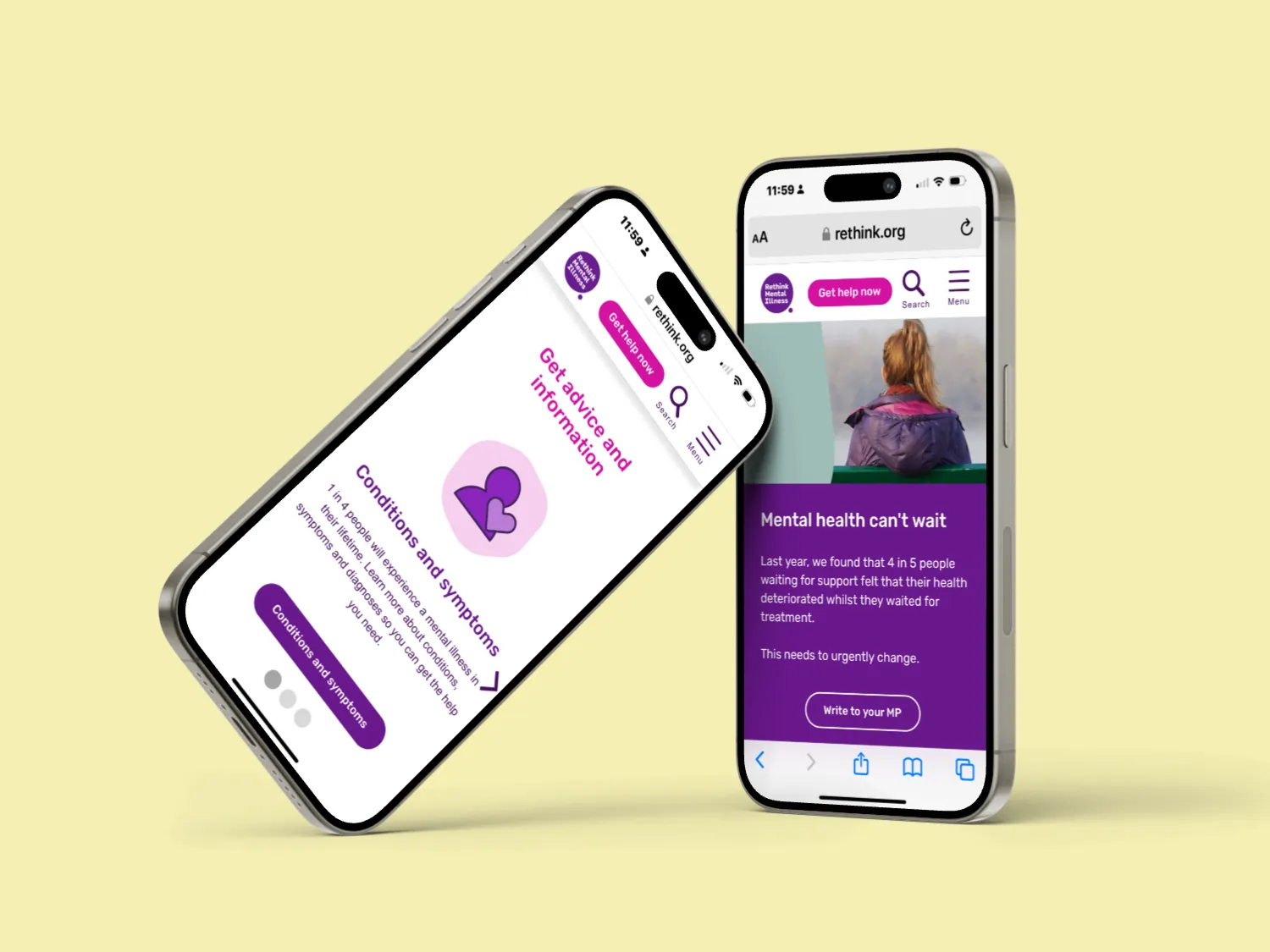Screen Readers
Screen readers convert text and visual information into audio,
ensuring users who are visually impaired are not exclude. Websites
that fail to support screen readers create barriers that exclude
low vision users from information, services, and opportunities -
potentially violating both WCAG standards and legal requirements.
It's vital to incorporate a page structure and elements, to make
content more understandable, one area can be standardise and
implement a logical heading hierarchy. For example, one header 1
(H1) for the main topic, header 2s (H2) for major sections, and
H3s for subsections. We as users don't see the H1 tags but screen
readers use this logical code to read aloud content for visually
impaired users. It's important to never skip heading hierarchy and
maintain the logical structure, not just the style. On some
rethink pages, subsections were coded as H2 but styled to 'look'
like subsections. While users without visual barriers can
determine the difference, for a computer this content is read
incorrectly or sometimes missed.

